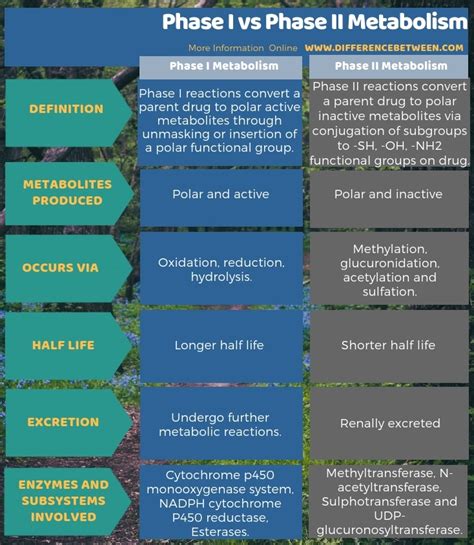
Single-Phase vs Three-Phase: The Difference Explained!
Introduction to Phase Comparison When it comes to delivering electrical power, there are two main types of systems: single-phase and three-phase. Understanding the differences between[…]
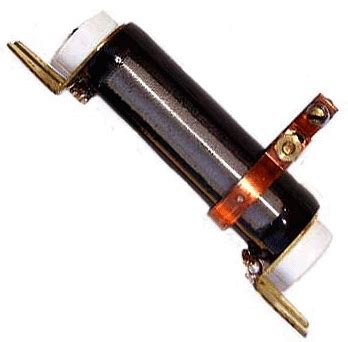
Variable Resistance Device: Types, Applications, and Working Principle
Introduction to Variable Resistance Devices A variable resistance device, also known as a variable resistor or a potentiometer, is an electrical component that allows users[…]
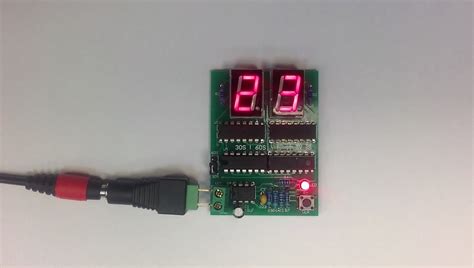
DIY Timer: How it Works and its Applications
What is a DIY Timer? A DIY timer is a device that can be programmed to control the duration of a specific process or task.[…]
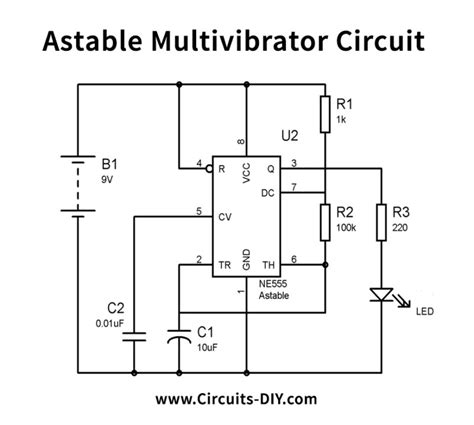
4047 IC: A Detailed Introduction To A Monostable and Astable Multivibrator
What is a Multivibrator IC? A multivibrator is an electronic circuit that generates square wave pulses or oscillations. It is a type of relaxation oscillator[…]
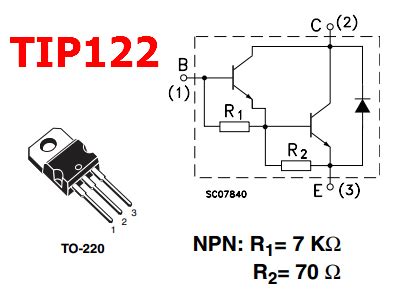
Tip122 Pinout: Guide to What it is, Features, and How to Use it
Introduction to the TIP122 Transistor The TIP122 is a popular NPN Darlington transistor commonly used in electronic projects for switching and amplifying applications. It is[…]
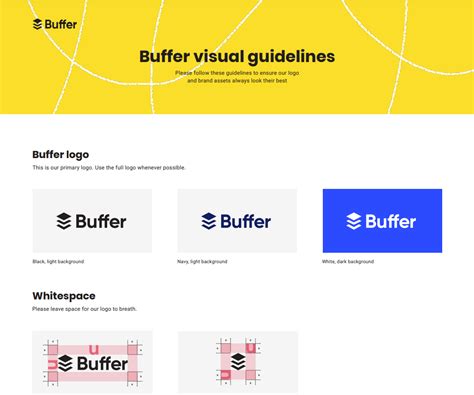
Digital Buffer – A comprehensive guide
What is a Digital Buffer? A digital buffer is an electronic circuit that provides electrical impedance transformation from one circuit to another. It is used[…]

Blue Circuit Board: Why are Some Circuit Boards Blue?
Why Are Many Circuit Boards Blue or Green in Color? Circuit boards, also known as printed circuit boards (PCBs), are the backbone of modern electronics.[…]
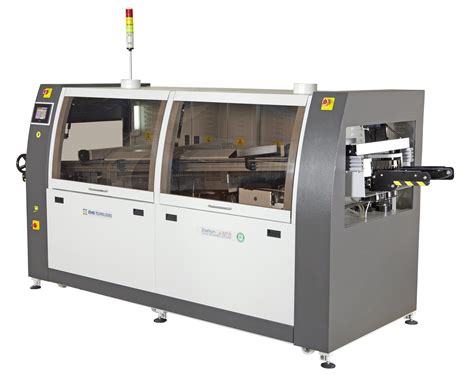
Wave Soldering: What Is It and How It Works?
What is Wave Soldering? Wave soldering is a bulk soldering process that involves passing a PCB over a molten solder wave to solder the leads[…]
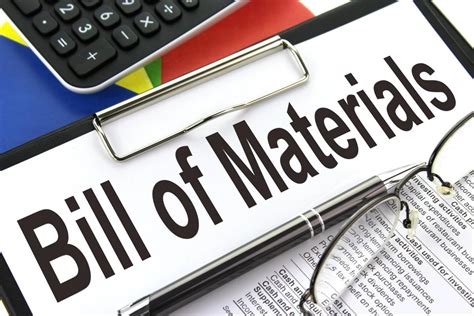
Box File – Methods of Designing a Bill of Materials Type File
Introduction to Bill of Materials (BOM) A Bill of Materials (BOM) is a comprehensive list of all the components, parts, raw materials, sub-assemblies, and associated[…]
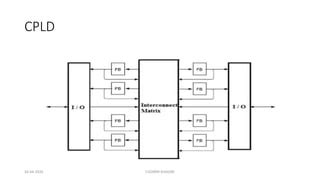
CPLD VS FPGA: Understanding the Better Option for Your Digital System
What are CPLDs? CPLDs, or Complex Programmable Logic Devices, are integrated circuits that consist of multiple programmable logic blocks interconnected through a programmable interconnect matrix.[…]